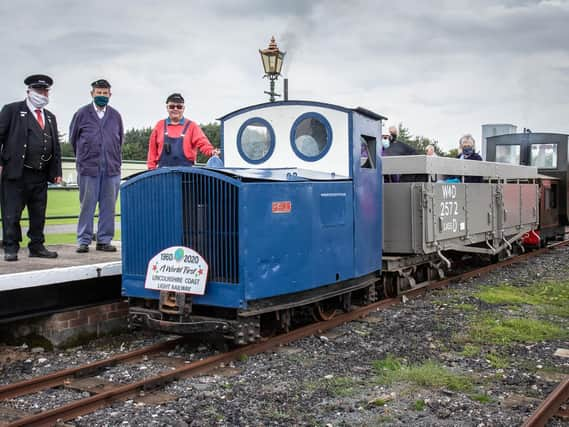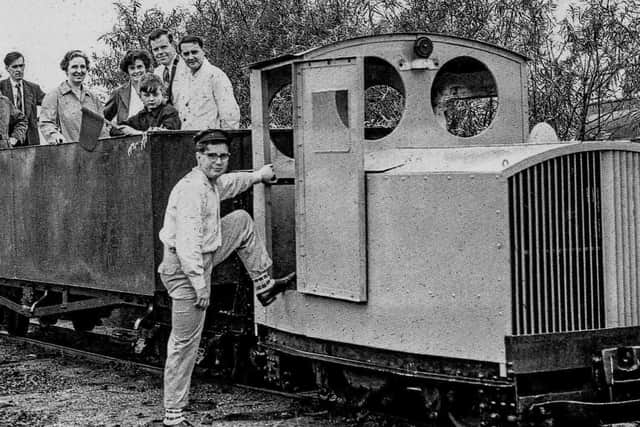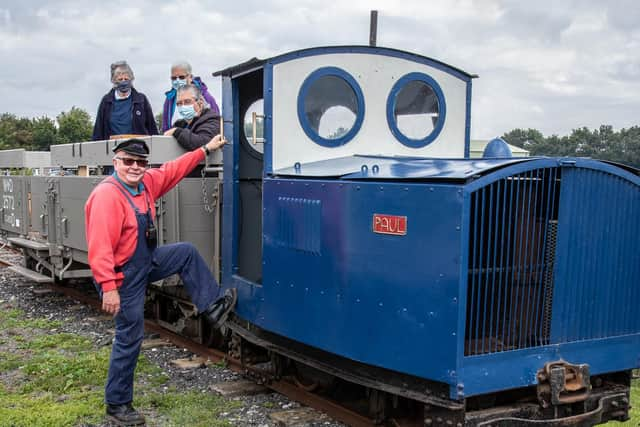Lincolnshire railway marks 60th anniversary


The very first heritage railway in the world built by enthusiasts opened on August 27, 1960, at its previous location where it linked a holiday camp at Humberston with the terminus of local bus services.
Lincolnshire Coast Light Railway was a short line of less than a mile, built with old rails and rolling stock from the battlefields in France of the First World War and the Nocton Estates Railway, which carried potatoes and sugar beet across the Lincolnshire Fens.
Advertisement
Hide AdAdvertisement
Hide AdThe foresight of those pioneers led to many similar railways being built around the world and which, in many cases, have become the bedrock of the local tourist economy.


The Lincolnshire Coast Light Railway carried two million passengers before changes in British seaside holidays brought about its closure in 1985 and after a long period in store at Burgh-le-Marsh, its rebuilding and reopening 42 miles to the south in the Skegness Water Leisure Park took place in 2009.
Sixty years after opening in Humberston, that remarkable world first has been marked by the line’s volunteers, who recreated in Skegness the scene when the first train rolled out of North Sea Lane station for Humberston Beach, using the same locomotive and one of the early carriages.
Some of the volunteers from its earliest days joined more recently recuited supporters to operate the train.
Advertisement
Hide AdAdvertisement
Hide AdPassengers could not be carried because the railway remains closed, due to the coronavirus pandemic.


However, groups of volunteers took their place, socially distanced and protected by face masks.
Railway spokesman John Chappell said: “The LCLR has survived closure, a long period in storage and lengthy rebuilding, to be recognised as the world’s pioneering heritage line of its type.
"The volunteers were determined to mark this moment in the world’s railway history by recreating the scene from that same date 60 years ago”.
Advertisement
Hide AdAdvertisement
Hide AdRichard Shepherd, Chairman of the LCLR’s Historic Vehicles Trust, said: “We were determined to show we are still developing our railway despite not being able to operate public services at the moment. We look forward to welcoming passengers again when we’re able to”.
The LCLR had planned a series of events for its 2020 season, marking the 30th Anniversary of the opening of the Skegness Water Leisure Park, where it is based in Walls Lane, Ingoldmells; the 25th anniversary of Skegness Airfield, which is next to the railway in the Park; the 60th anniversary of the opening of the line and the Skegness Classic Wheels Show, before problems caused by the pandemic caused them to be postponed until 2021.